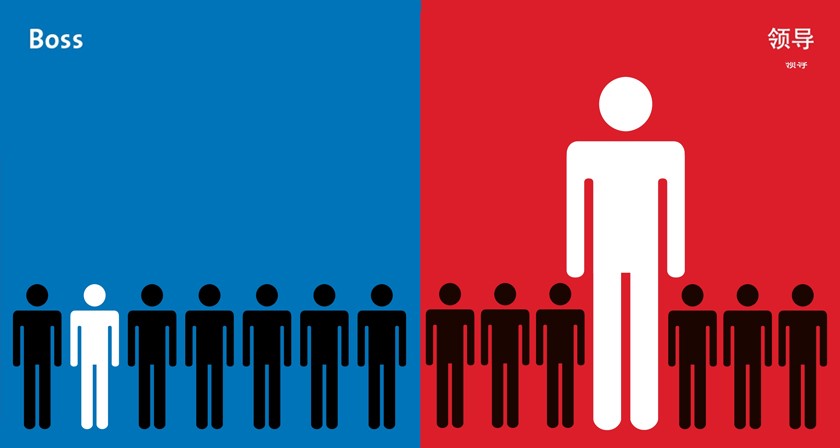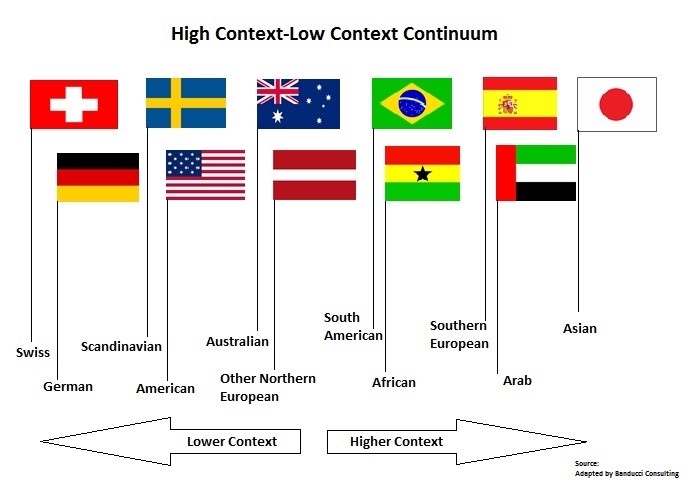Interculturality and Diversity

By Nadine Afram
How diverse is PlanetS? How many cultures do we bring together at PlanetS? If we speak in terms of nationalities of NCCR members, we gather approximately 130 persons of 30 different nationalities, and a multitude of languages. Like in many research environments, this is not unusual. In a broader sense, many more cultures are at work here. The age range of our members covers about 40 years, with different generations differing in their culture too. A diverse pool of functions shows another type of culture: we are scientists (theoreticians and observers, astronomers and geophysicists), technicians, administrators, journalists, communication specialists etc.
‘Culture’ can be defined as the ensemble of your thoughts, opinions, beliefs, norms, attitudes, values, expectations, customs, and traditions.
Meeting and working with people from different cultures can be beautiful – in all working places I have been, I enjoyed learning about the everyday rituals my colleagues had. There is one huge advantage of working in a diverse environment: with different ways of thinking, a matter can be analysed from a variety of perspectives, which is worth a lot, particularly in science. Also, a diverse workplace can prepare employees for going abroad and for working in international collaborations.
A multi-cultural environment can also be challenging and misunderstandings may happen. When I was working in a research group in London, I learned that telling someone ‘you look tired’ directly translated to ‘you look bad’. I spent the rest of the morning explaining that in Switzerland, if I say ‘you look tired’, it is more seen as an empathic invitation to tell me why you might not have slept well or if everything is OK with you and your life, and then I never used that phrase again.
If misunderstandings occur in intercultural encounters, they can in most cases be attributed to one of the following culturally different attitudes towards time, space, others (or to the different use of nonverbal communication).
Attitude towards time: Punctuality does not mean the same in all cultures:

From: Yang Liu, https://digitalsynopsis.com/design/east-meets-west-cultural-differences-illustrations/
Also, not all cultures see time as money, or make decisions the same way: not all people like to make decisions quickly and efficiently. In cultures where time is seen as something linear (like in Switzerland), time is passing (=being wasted) without decisions being made or actions being performed. These cultures also prefer to do only one thing at a time (monochronic) and think that this way they get more things done. “The harder you work — the more hours, that is — the more successful you will be and the more money you will make”. In multi-active cultures (like Latin/Arab cultures) time is event- or personality-related, a subjective commodity, irrespective of what the clock says, and with the main interest of completing a human transaction (like finishing a conversation, even if it is delaying the schedule), which is the best way they can invest their time (event-relationship related). When time is not seen as linear or as related to the interaction, it is seen as cyclic, like in some Eastern cultures, and as something that does not run out. It also does not race away, and decisions need to be well reflected which may take more time than the impending deadline allows, with the past events taken into account, because those events will return in a circle (with all their risks and opportunities) if the decision is not made carefully.
Attitude towards physical space: how much personal space a person needs differs:
When you enter a train in Zürich, it is normal to fill compartments while keeping the furthest possible distance to other passengers, if possible. I have been told this is different in other countries, where it would seem weird to choose a place far away from others. There are different distances zones that vary: the private zone (only partner/close friends/kids), the personal zone (friends), social zone (colleagues), public zone (seminars, lectures).

From: A. Sorokowska et al, ‘Preferred Interpersonal Distances: A Global Comparison’, Journal of cross-cultural psychology.
Attitude towards other: examples of hierarchy/towards newcomers


From: Yang Liu, https://digitalsynopsis.com/design/east-meets-west-cultural-differences-illustrations/
Nonverbal communication varies based on culture
There is a distinction between high-context and low-context cultures. Context is the amount of information surrounding phrase. ‘High-context’ cultures rely on nonverbal communication a lot. The closeness of their relationship, hierarchies and cultural knowledge are important. ‘Low-context’ cultures depend on the words themselves. Communication is more direct, hierarchies are more relaxed. Nonverbal communication is expressed with eye contacts, gestures, the posture, touches, facial expressions, physical space, etc. (Example: While eye contact is considered to be polite in Switzerland, in many Asian cultures avoiding eye contact is seen as a sign of respect.)

The way to act properly, if there is a cultural misunderstanding:
- Do not lose your sense of humor
- Interrupt the interpretation and just observe
- Change your perspective
- Tolerate differences
- Ask
- Be aware of your own prejudices
- Don’t criticize what you don’t understand
- Be aware of the language barrier
Anything else to keep in mind?
- Not all misunderstandings are due to cultural differences
- Cultural/national characteristics should not be overemphasized or generalised
References:
Coote Martin, 2014, ‘The effects of cultural diversity in the workplace’
https://syracusecoe.org/intercultural-differences-in-work-environment/
https://redshoemovement.com/examples-of-cultural-differences-in-the-workplace/
https://www.universalclass.com/articles/business/handling-cultural-differences-in-the-workplace.htm
https://digitalsynopsis.com/design/east-meets-west-cultural-differences-illustrations/
http://online.pointpark.edu/business/cultural-differences-in-nonverbal-communication/
http://www.businessinsider.com/how-different-cultures-understand-time-2014-5
Categories: Internal Newsletter

